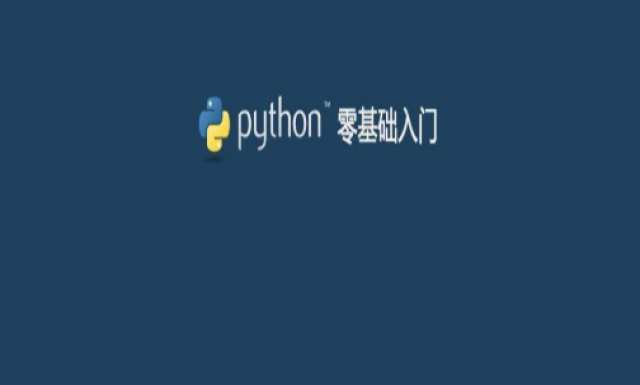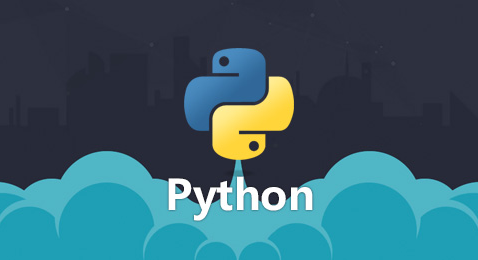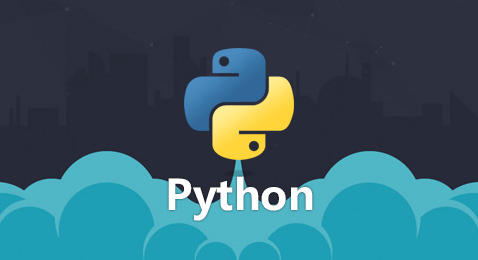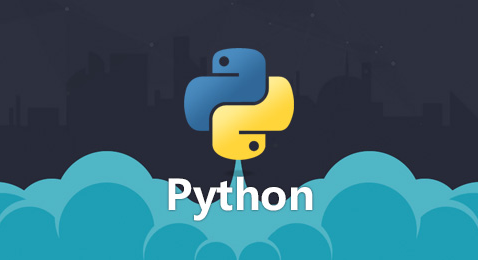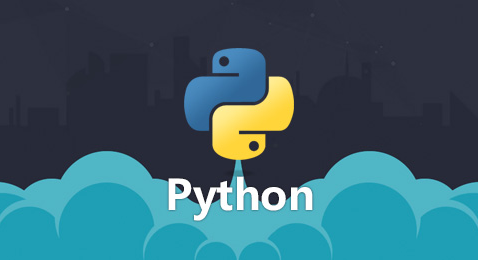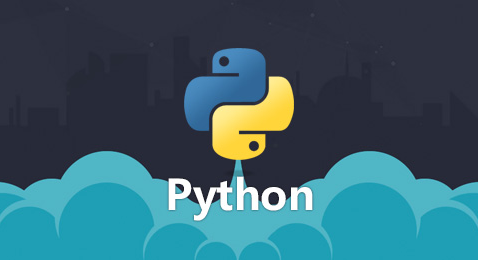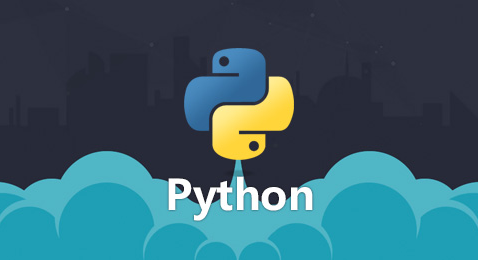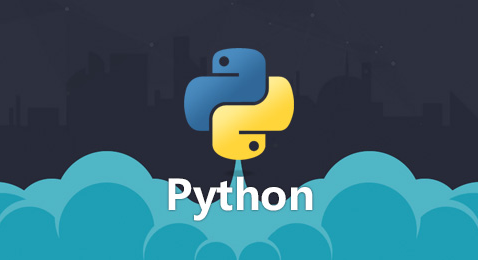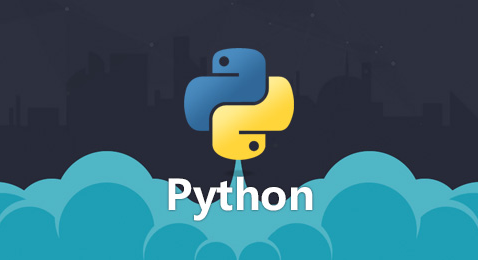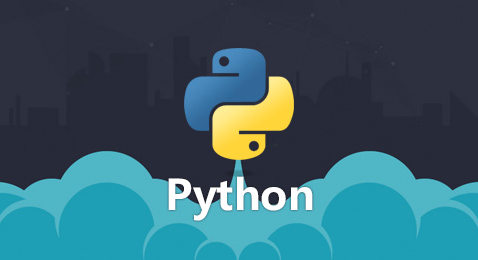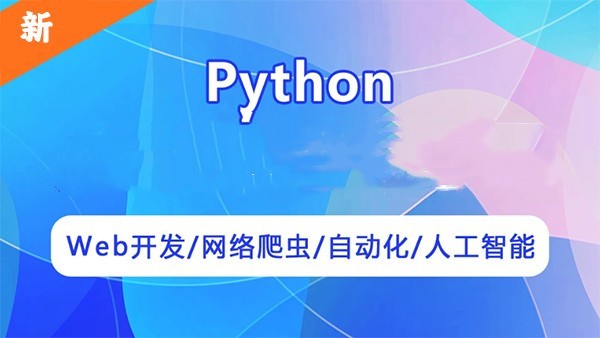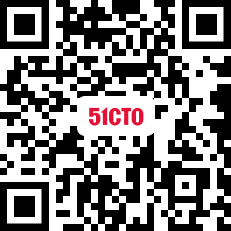-
Best selling package -
Selected Package -
Popularity package -
Exclusive package -
High salary package

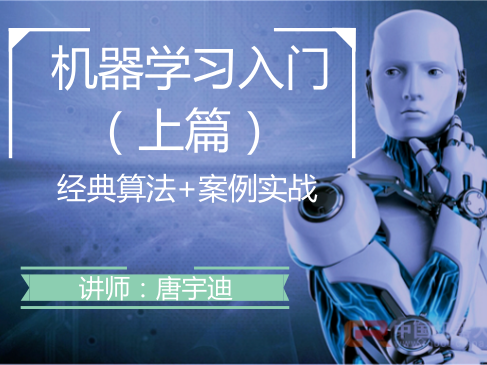
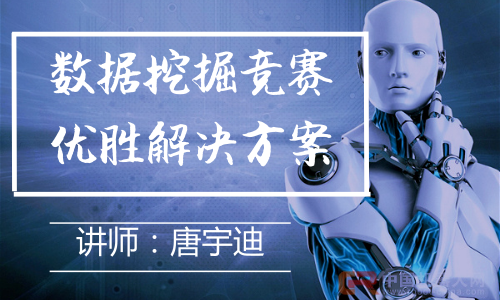
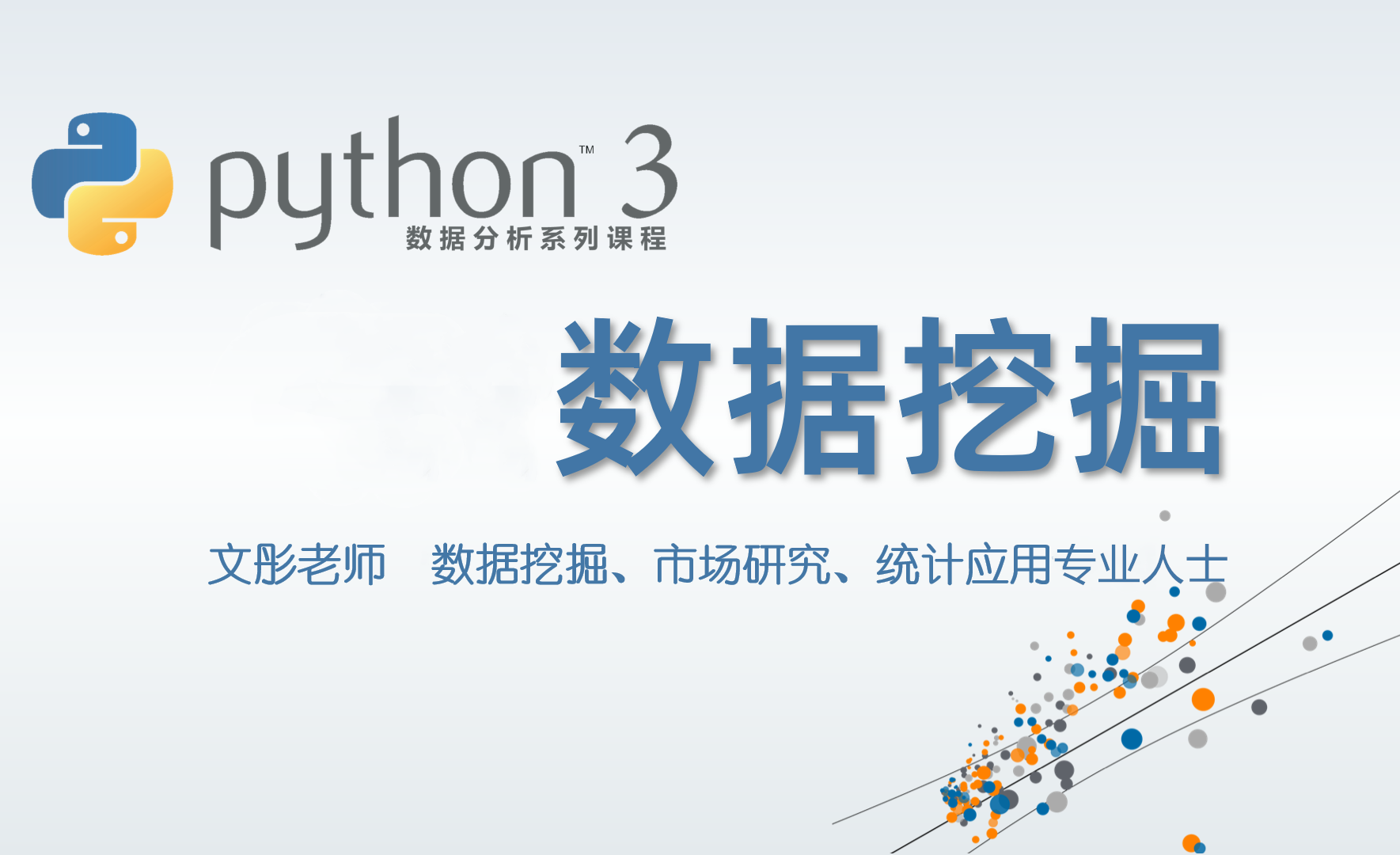
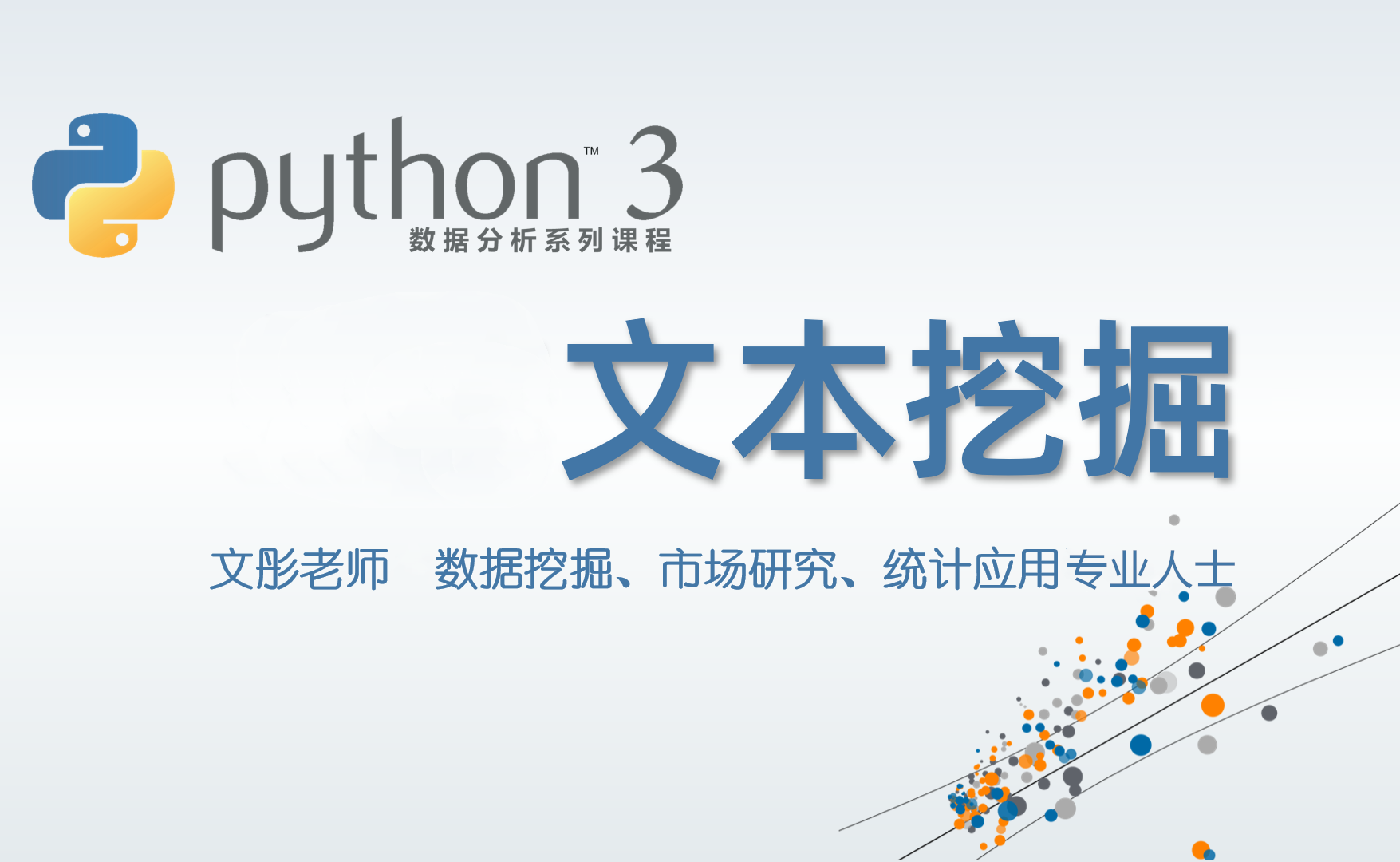
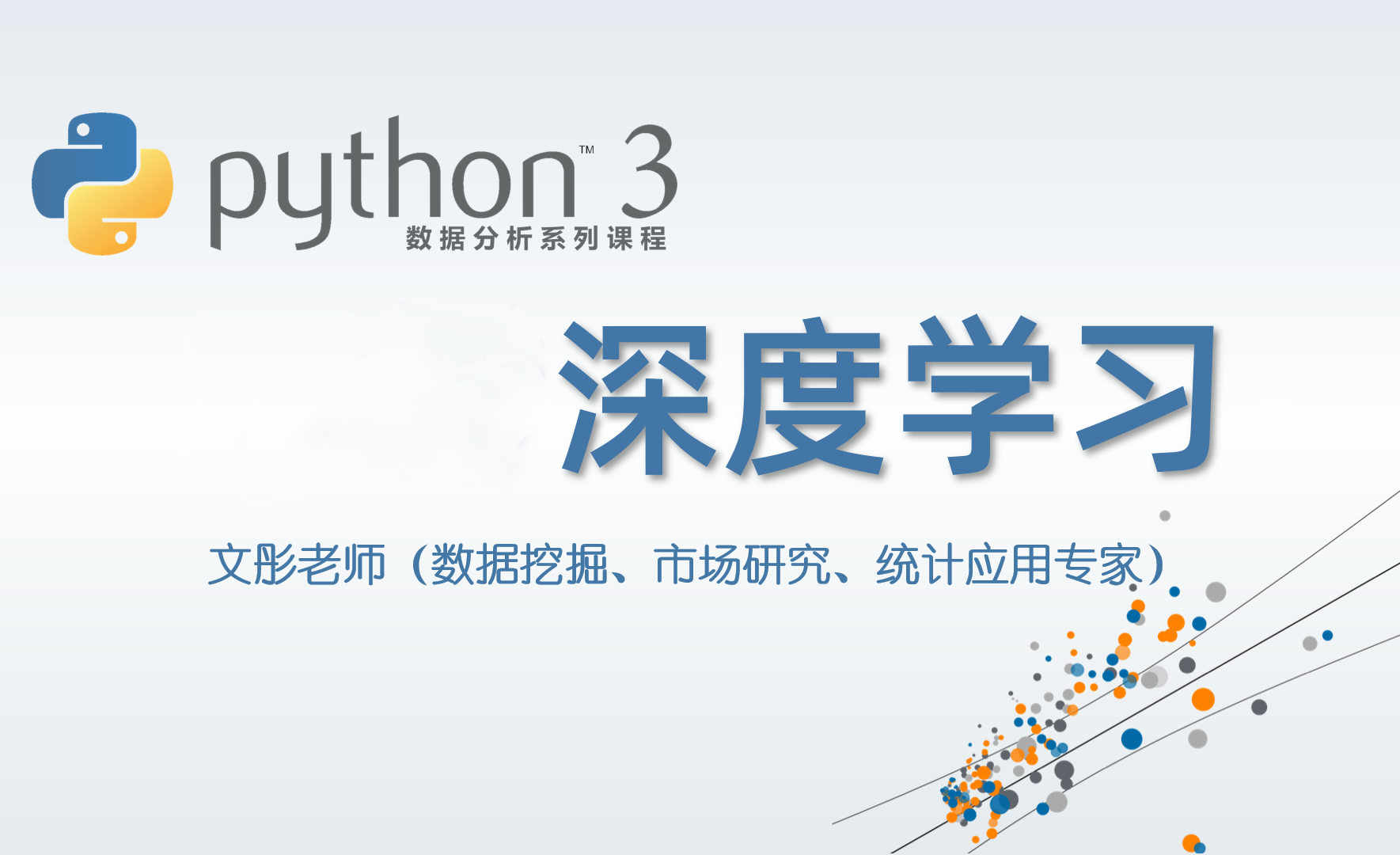
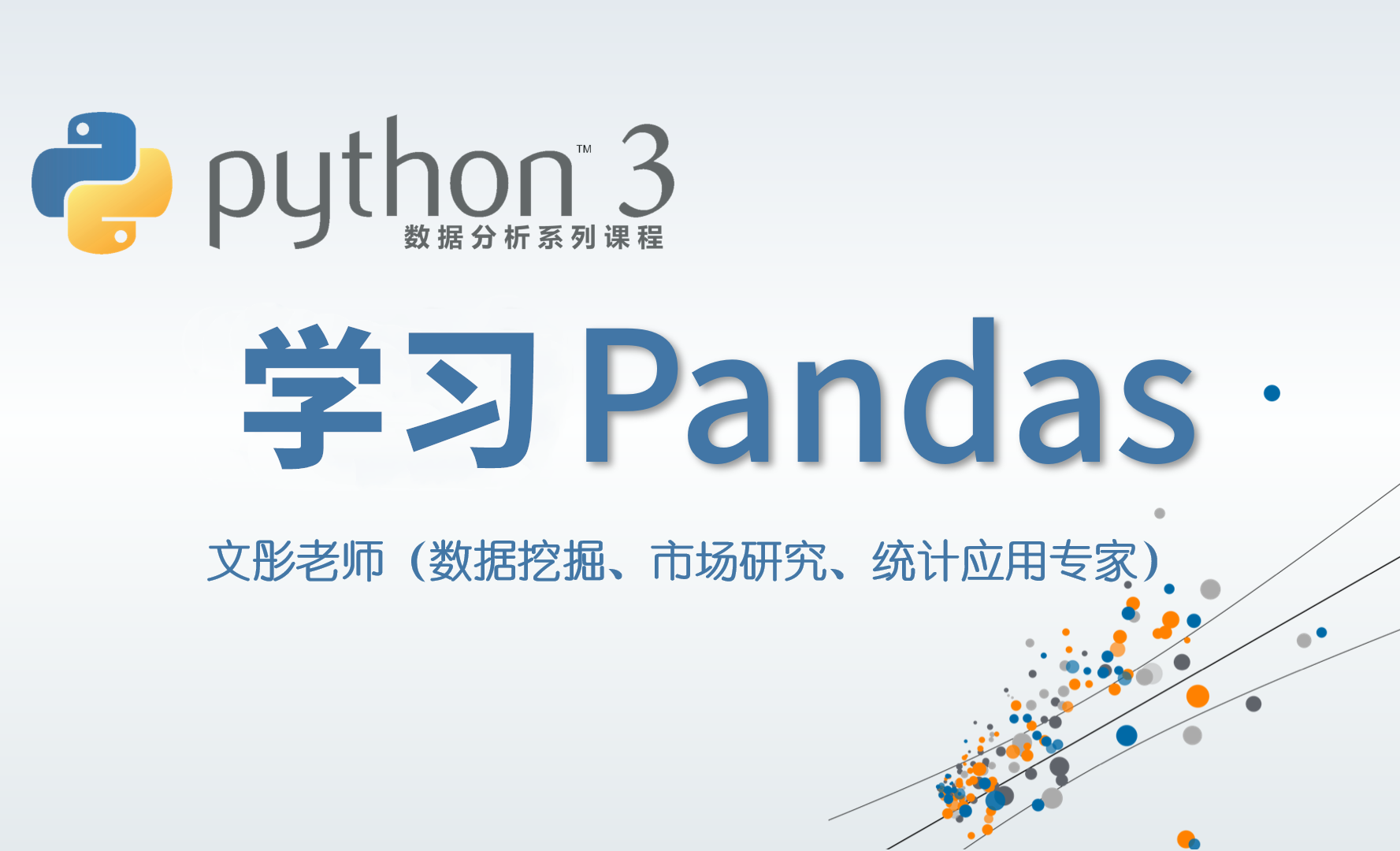


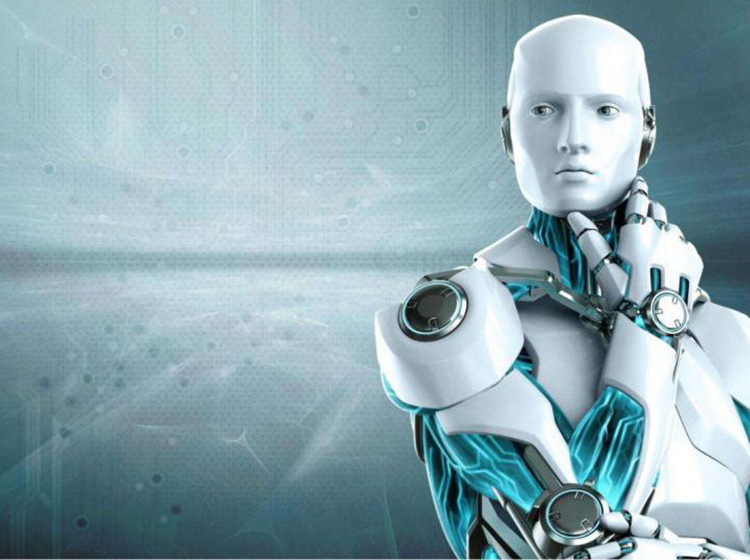
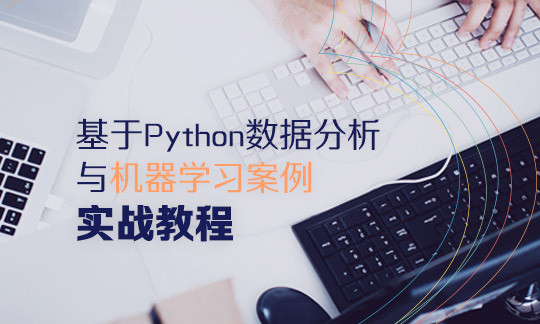
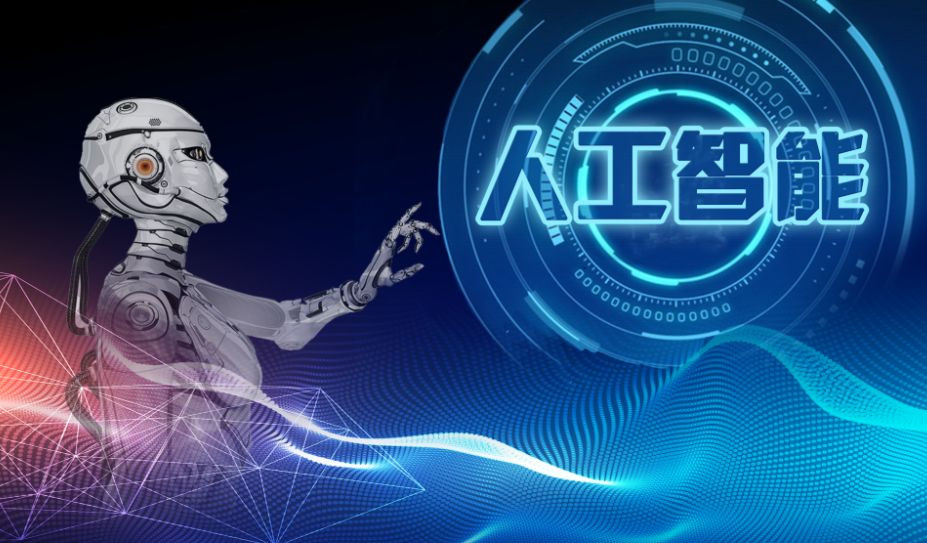



-
Course Introduction -
Course outline
Chapter 1 Machine Learning and Deep Learning Concepts Python Practice (53 minutes Section 2) Chapter 2 Golang Practice of Machine Learning (9 hours and 46 minutes 59) 2-1 1 Introduction to machine learning and recommendation engine 1 Introduction to machine learning and recommendation engine [13:56] Start learning 2-2 2 Machine learning - memory keyvalue caching system 2 Machine learning - memory keyvalue caching system [04:47] Start learning 2-3 3 Machine learning - hard disk keyvalue caching system 3 Machine learning - hard disk keyvalue caching system [05:13] Start learning 2-5 5. Machine learning - read CSV row and column interception 5. Machine learning - read CSV row and column interception [13:41] Start learning 2-7 7 Machine learning - read csv to obtain extreme value 7 Machine learning - read csv to obtain extreme value [01:55] Start learning 2-8 9 Machine Learning Fundamentals - Vector 9 Machine Learning Fundamentals - Vector [09:04] Start learning 2-9 10 Machine learning - basic vector calculation 10 Machine learning - basic vector calculation [11:57] Start learning 2-10 11 Fundamentals of Machine Learning - Introduction to Matrix 11 Fundamentals of Machine Learning - Introduction to Matrix [08:06] Start learning 2-11 12 Fundamentals of Machine Learning - Matrix Computing 12 Fundamentals of Machine Learning - Matrix Computing [06:18] Start learning 2-12 13 Fundamentals of Machine Learning Statistics 13 Fundamentals of Machine Learning Statistics [15:47] Start learning 2-13 14. Fundamentals of machine learning - probability 14. Fundamentals of machine learning - probability [37:17] Start learning 2-14 15 Fundamentals of Machine Learning - Drawing 15 Fundamentals of Machine Learning - Drawing [11:26] Start learning 2-15 15 Fundamentals of Machine Learning - Drawing 15 Fundamentals of Machine Learning - Drawing [12:30] Start learning 2-16 16 Fundamentals of Machine Learning - Simple Drawing 16 Fundamentals of Machine Learning - Simple Drawing [12:30] Start learning 2-17 17 Fundamentals of Machine Learning - Drawing from Data 17 Fundamentals of Machine Learning - Drawing from Data [09:00] Start learning 2-18 18 Fundamentals of Machine Learning - Multi column Data Joint Drawing 18 Fundamentals of Machine Learning - Multi column Data Joint Drawing [05:32] Start learning


